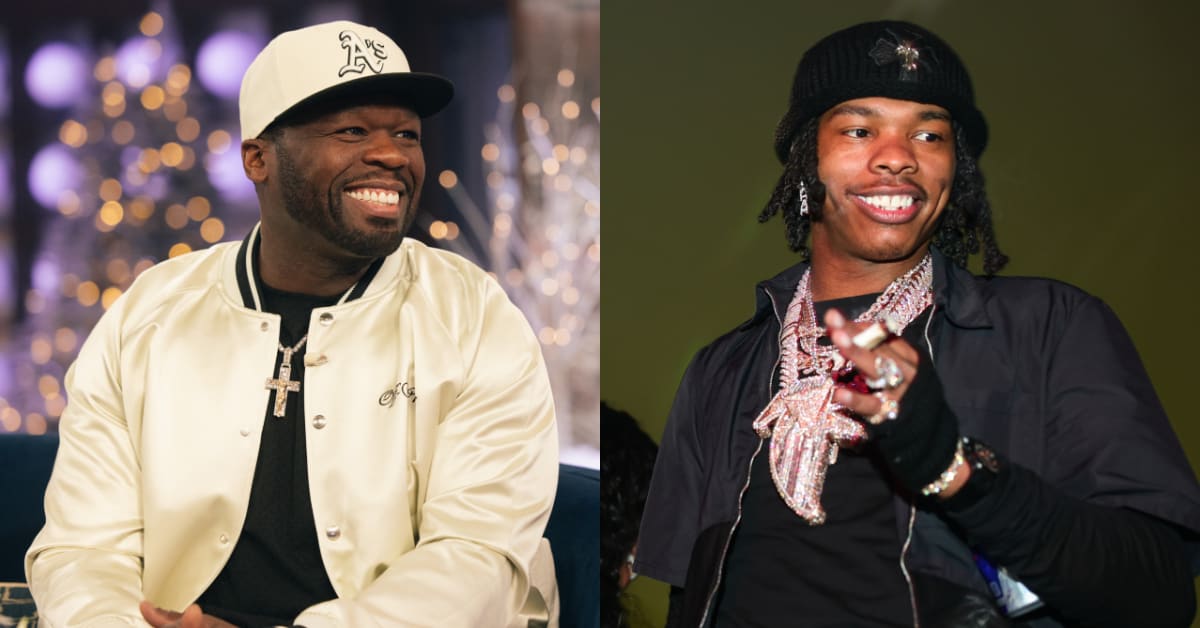Fashion
What fashion’s creative director reshuffle says about luxury today

After a year of reshuffles across luxury in 2023, the industry’s creative director merry-go-round continues.
Last week, Peter Hawkings stepped down from his role as creative director at Tom Ford – for reasons undisclosed – after just one year at the helm of the brand. A promising successor to Ford having worked under his direction for over two decades, Hawkings’ short run saw the designer lean heavily into celebrity marketing, but fail to go the distance with his vision.
The shock news is the latest in a lengthy succession of creative directors bowing out this year: There was Matthew Williams parting ways with Givenchy in January; Pierpaolo Piccioli leaving Valentino in March; Dries Van Noten presenting his last collection for his namesake label in June; and Virginie Viard departing from Chanel in the same month. Not to mention the rumors swirling of John Galliano pivoting from Maison Margiela to Dior.
In their absence, the list of new appointments across luxury is also growing.
Last month, Lanvin announced the appointment of British creative Peter Copping as its new artistic director amid a major brand makeover. Copping, who previously headed design at both Oscar De La Renta and Nini Ricci before overseeing Balenciaga’s couture division, is faced with the task of pulling Lanvin out of a period of financial turmoil. He will assume the role in September.
More reshuffles across Lanvin Group came to light last week. Italian footwear and accessories label Sergio Rossi named Paul Andrew as its new creative director on July 24, following the departure of artistic director Evangelie Smyrniotaki in June. The former Ferragamo creative director is set to bring his deep expertise in footwear to the Sergio Rossi label.
There’s been some major C-suite changes, too. In March, Fendi brought in Pierre-Emmanuel Angeloglou as its new CEO, while, earlier this month, Joshua Schulman replaced Jonathan Akeroyd at Burberry earlier this month amid tumbling retail sales for the brand.

While luxury’s recent shake-ups may seem never ending, they’re indicative of the industry today. Against a backdrop of economic uncertainty, geopolitical tensions, and shifting consumer behaviors, luxury fashion has found itself in a state of turbulent transformation – one it’s struggling to pull itself out of.
The people at the top are feeling the heat. In a profit-driven market, these newly appointed designers often lack the time to develop their ideas before facing scrutiny from consumers, execs and shareholders.
Luxury consultant Daniel Langer dissected the problem with this approach earlier this year: “Many brands are putting all their hopes in one person, and then moving onto the next after fewer and fewer seasons. However, the danger here is that brands are over-relying on their creative directors — while failing to provide them with a solid foundation for brand storytelling,” he wrote.
It’s an issue that is apparent at Gucci. A maison that was previously buoyed by the star power of former creative director Alessandro Michele, the brand has been strategically trying to cultivate that same cult status around Michele’s successor, Sabato De Sarno. But it’s failing to do so. While De Sarno boasts an impressive resume – spanning Prada, Dolce & Gabbana, and Valentino – he’s struggling to generate the same buzz as Michele. And it’s reflected in the numbers: According to Kering’s recent earnings report, sales at Gucci fell 20 percent YoY in Q2.

The same could be said for the likes of Hawkings, whose debut collection during September’s Milan Fashion Week tried to reinvent the namesake designer’s sexy, sultry silhouettes, but ended up a tepid regurgitation of past concepts. Likewise at Alexander McQueen, where freshly minted creative director Sean McGrirr can’t seem to find his footing. Meanwhile, debates over whether Sarah Burton (McGrirr’s forerunner) could snap up a role at Chanel or Givenchy are bubbling away.
The lukewarm response to new industry names raises questions about the relevance of the creative director role in today’s fashion industry. With designer turnover fatigue setting in, some fashion enthusiasts are calling for the industry to update its archaic infrastructure to one more reflective of today’s climate – such as eradicating the creative director role entirely, or handing the reins to more women or people of color, as opposed to another white man.
This year is shaping up to be one defined by disruption across luxury. While it has seen a number of second-in-command talents – such as Chemena Kamali at Chloé – rise to the challenge, the latest trend of short tenures points to an uncertain future for fashion. Will 2025 see an equilibrium emerge?










